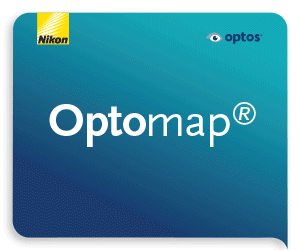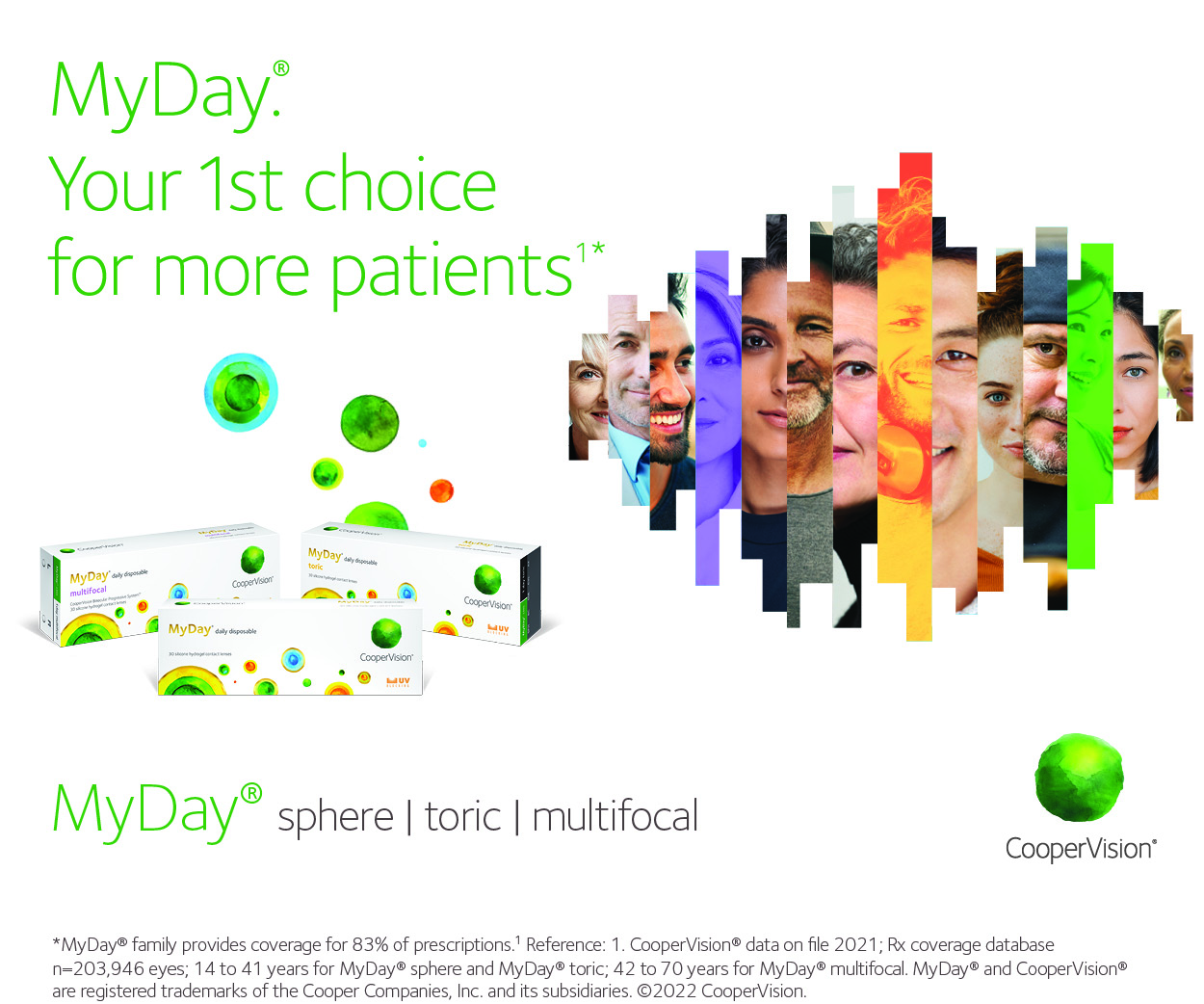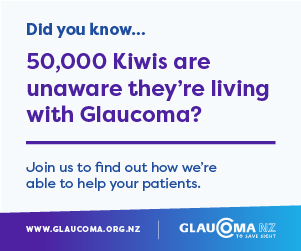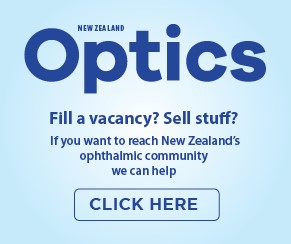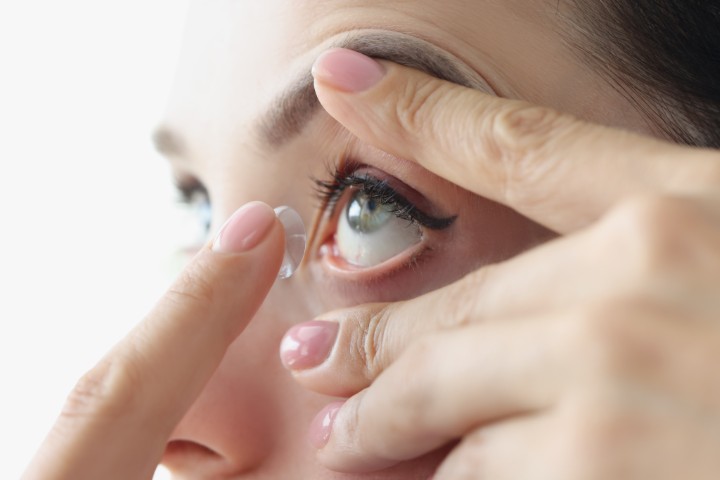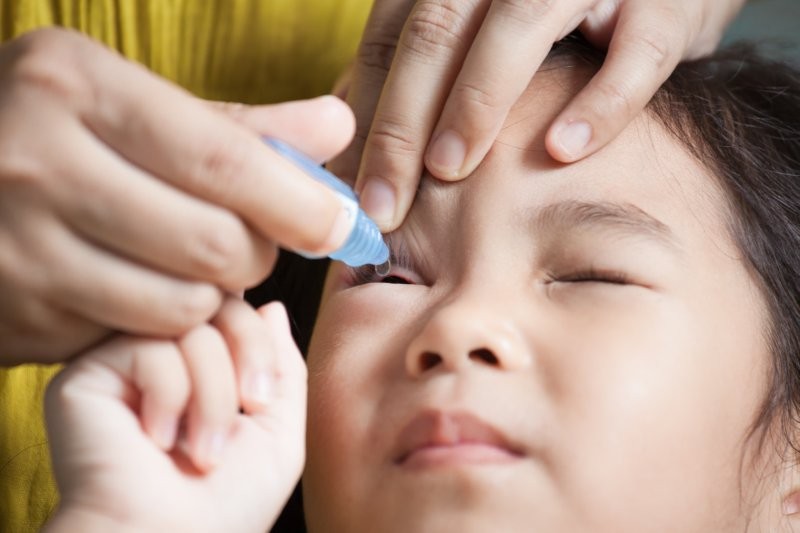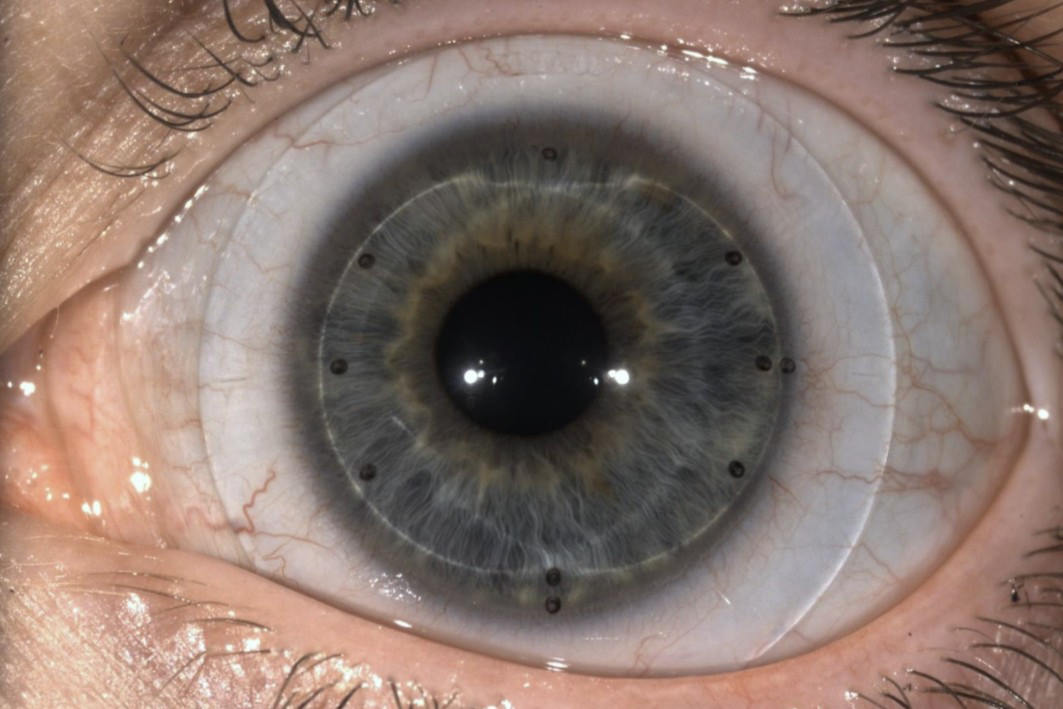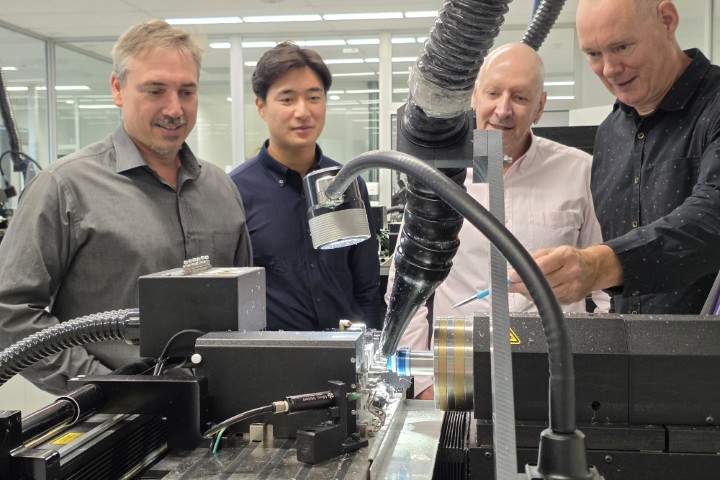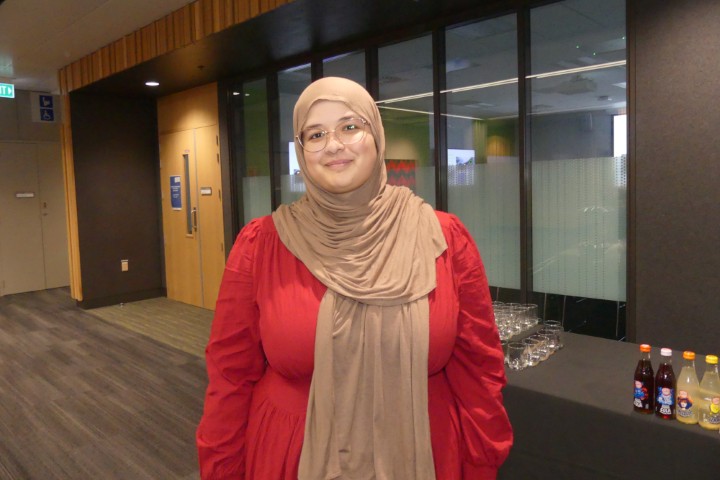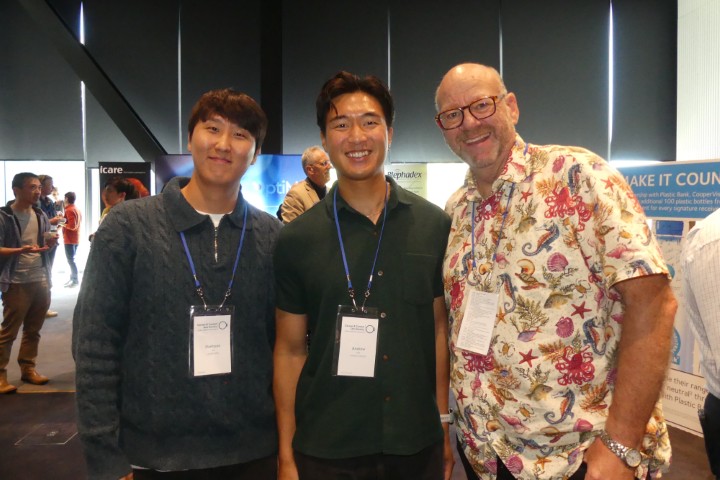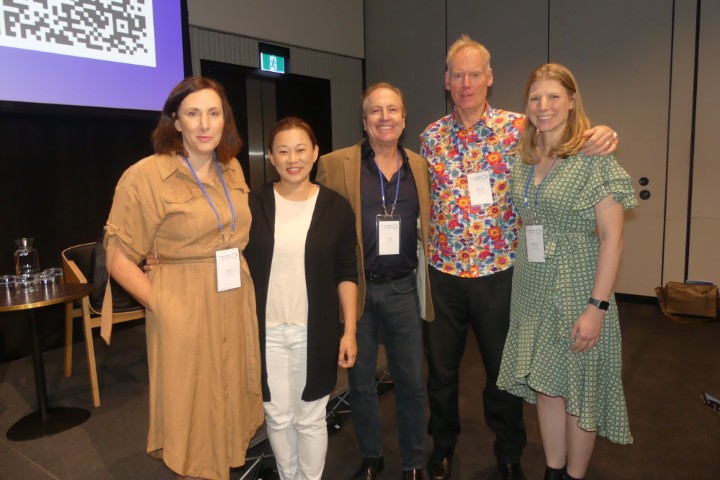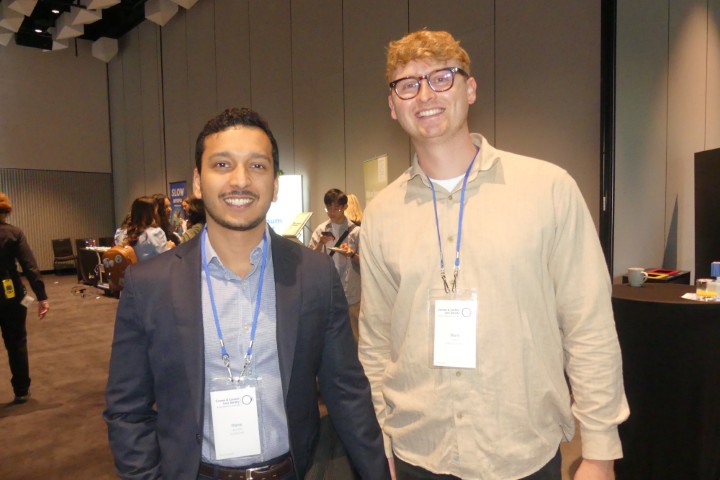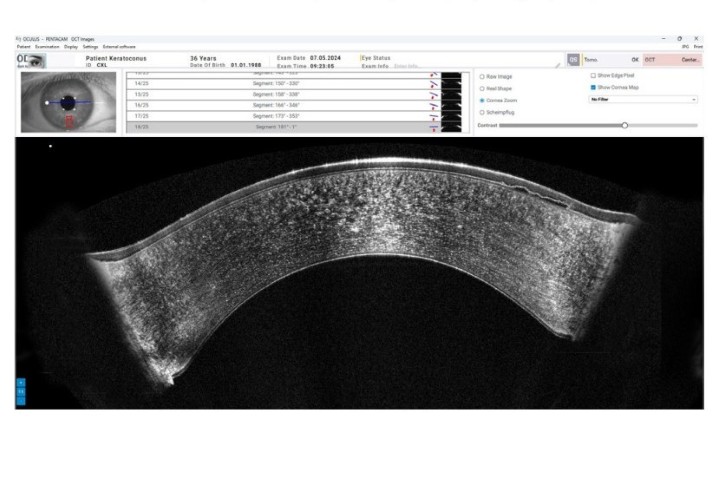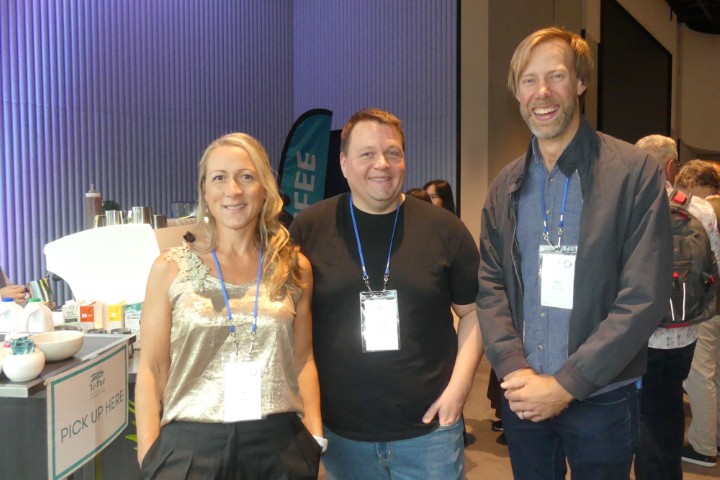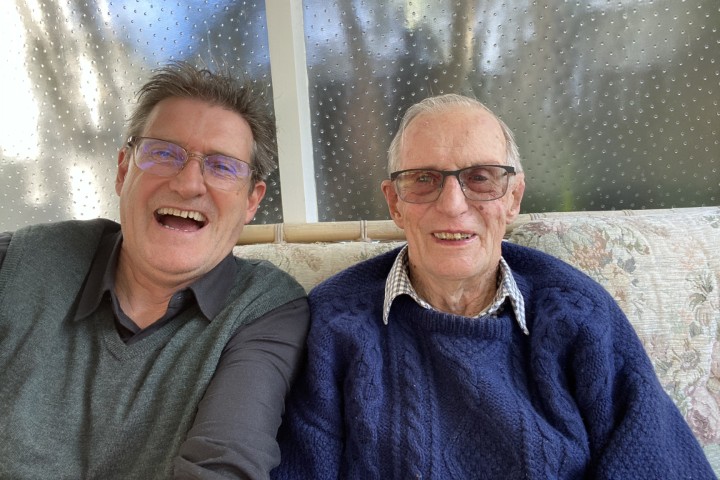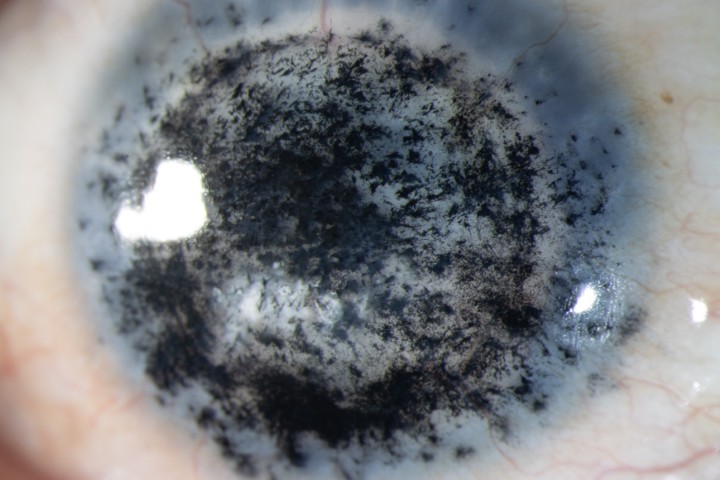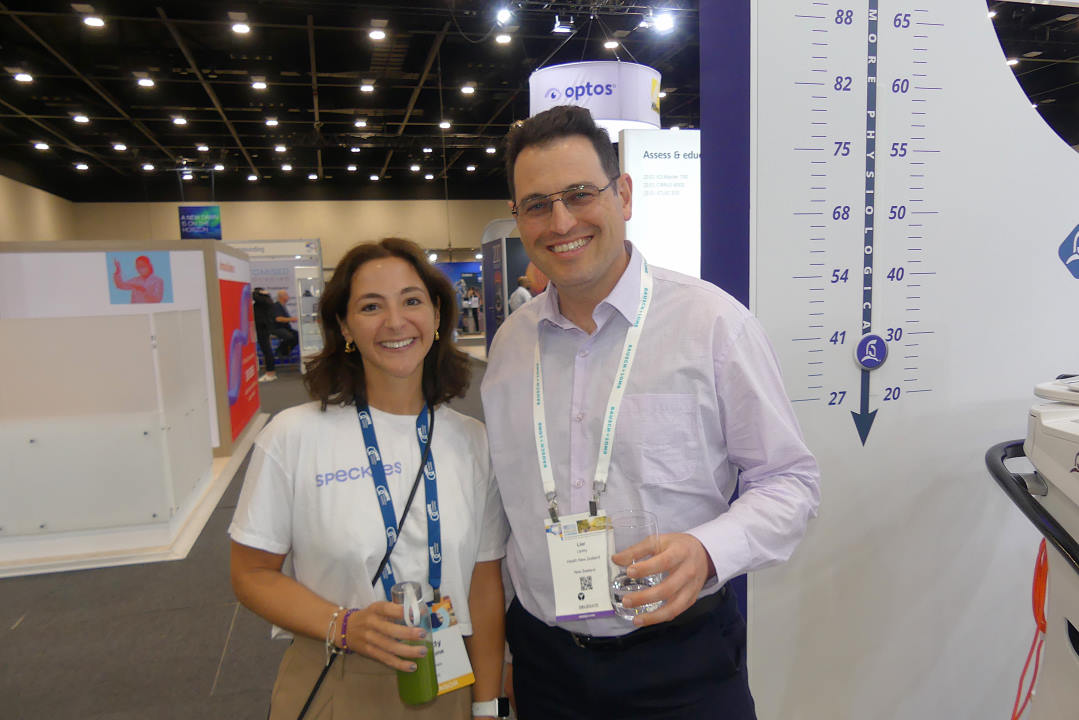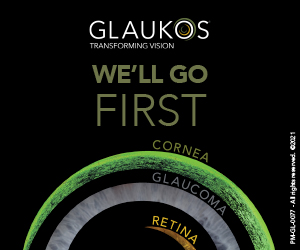GSLS – ahead of the curve
This year’s four-day Global Specialty Lens Symposium (GSLS) in Las Vegas drew speakers from around the globe. Contact lens researchers and prescribers shared their learnings via 137 posters. Here’s a small selection.
Dr William Skoog, from the Illinois College of Optometry, US, described a case of limbal stem cell deficiency (LSCD) caused by contact lens (CL) wear. A 35-year-old patient presented with blurry vision and redness after wearing monthly disposable CLs for around 16 hours/day, including occasionally sleeping in them. She was initially prescribed preservative-free artificial tears and prednisolone acetate 1% and discontinued CL-wear, with Optase Hylo Night lubricant drops added to the regimen at a later follow-up. Corneal appearance improved over three months, after which steroid treatment was tapered and discontinued, said Dr Skoog. With 15% of LSCD cases attributed to CL-wear, it is important to understand the condition’s signs and symptoms, he said.
Johns Hopkins Medicine optometrist Maythita Eiampikul’s poster was entitled ‘The man who forgot to blink’. It described a 64-year-old’s case of lagophthalmos and neurotrophic keratitis following a skull fracture which caused nerve damage and complete facial paralysis. His successful treatment included cenegermin, moxifloxacin, punctal plugs and prosthetic replacement of the ocular surface ecosystem (PROSE) scleral lenses.
Four cases of recalcitrant chalazion treated with low-level light therapy (LLLT) were the subject of the poster by Dr Mile Brujic, Premier Vision Group, Ohio. Three of the cases were also treated with lotilaner 0.25% for demodex blepharitis. All patients received three 15-minute LLLT sessions, with all chalazia resolved after 30 days, said Dr Brujic. “This case series provides evidence to support consideration for an alternative to surgical removal of chalazia.”
A poster by Anastasia Logotheti, the University of Alabama, Birmingham, US, described a 10-year-old with extreme surgically induced anisometropia of 13D, glaucoma and high astigmatism in both eyes. Having previously failed with the poor stability of soft toric lenses, he was fitted with rigid bitoric corneal lenses. His parents found these lenses easier to handle and they improved the patient’s visual function, binocular status and quality of life, said Logotheti.
Associate Professors Frank Spors and Dorcas Tsang, Western University of Health Sciences, US, presented a poster on patient compliance in multimodal myopia management. Among their findings was the overnight orthokeratology and low-dose atropine they initially prescribed proved too difficult for an eight-year-old patient to handle and apply. They switched to CooperVision MiSight 1 day lenses, which provided effective myopia control and better compliance, they said.
Presenting on the Progressive Myopia Treatment Evaluation for NaturalVue Multifocal Contact Lens (PROTECT) randomised controlled trial was Dr Ashley Tuan, chief medical officer of Visioneering Technologies. Researchers recruited 145 myopic children aged seven to 13 years with cycloplegic autorefraction of between -0.75D and -5.00D; these were randomised into treatment (NaturalVue Multifocal catenary soft lens) and control (NaturalVue Sphere lenses) groups. Visioneering’s poster reported an 89% reduction in myopia progression and 58% reduction in axial length elongation, with researchers noting the multifocal lens was particularly effective with larger pupil sizes. The three-year study is ongoing.




